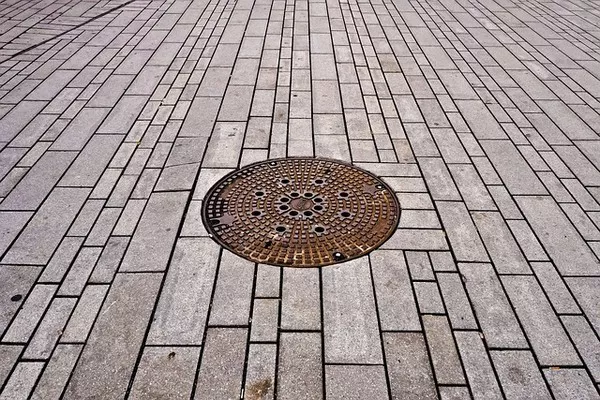In the realm of wastewater management and urban infrastructure, two terms often intertwined but distinct in meaning are “sewage” and “sewerage.” While they both pertain to the management of wastewater, they encompass different aspects of the process and have significant implications for public health and the environment. This article delves into the nuances of these terms, shedding light on the crucial differences between sewage and sewerage.
Defining Sewage
Sewage, at its core, refers to the collection of used water and waste from various sources, including households, industries, and commercial establishments. It encompasses not only human waste, but also the runoff from sinks, showers, toilets, and even industrial processes. The term sewage encompasses all the waste, both solid and liquid, that flows through a city or municipality’s wastewater system.
Sewage is a composite mixture of organic and inorganic matter, often laden with pathogens, chemicals, and contaminants. It poses significant health risks if not managed properly, as untreated sewage can lead to waterborne diseases, contamination of water bodies, and adverse impacts on aquatic ecosystems. As a result, effective sewage treatment is essential to safeguard public health and maintain the ecological balance.
Exploring Sewerage
Sewerage, on the other hand, refers to the system of pipes, channels, and infrastructure designed to transport sewage from its source to a treatment facility or disposal point. In essence, sewerage encompasses the physical infrastructure that facilitates the collection, conveyance, and eventual treatment of sewage.
The sewerage system comprises an intricate network of pipes, often classified into sanitary sewers and stormwater sewers. Sanitary sewers are specifically dedicated to carrying sewage, while stormwater sewers manage rainwater runoff and prevent flooding. Proper design and maintenance of sewerage systems are vital to ensure the efficient transport of sewage, prevent blockages, and minimize the risk of leaks or overflows that can lead to environmental contamination.
Key Differences
1. Conceptual vs. Physical:
The primary distinction between sewage and sewerage lies in their conceptual versus physical aspects. Sewage embodies the waste itself, encompassing human waste, wastewater, and contaminants. In contrast, sewerage denotes the infrastructure that facilitates the movement and management of sewage.
2. Composition vs. Conveyance:
Sewage refers to the composition of waste, including organic and inorganic matter, contaminants, and pathogens. Sewerage, however, focuses on the network of pipes, pumps, and treatment facilities responsible for conveying sewage to appropriate treatment or disposal locations.
3. Health and Environment:
Sewage is a potential health hazard due to its contamination and disease-causing potential. Untreated sewage can harm human health and the environment. Sewerage, when efficiently designed and maintained, helps mitigate these risks by transporting sewage for proper treatment, reducing the likelihood of contamination.
4. Public Health vs. Infrastructure:
Sewage management aims to safeguard public health by treating and disposing of waste safely. Sewerage, while indirectly contributing to public health, focuses more on the logistical and engineering aspects of moving sewage through an efficient and environmentally conscious infrastructure.
5. Immediate vs. Long-Term Impact:
Sewage has immediate consequences, especially if left untreated or improperly managed. The impacts include the spread of waterborne diseases and contamination of water bodies. Sewerage’s impacts are more long-term, as the infrastructure influences the efficiency of waste transport and treatment over time.
Interdependence and Synergy
While sewage and sewerage are distinct concepts, they are inherently interconnected and interdependent. Effective sewerage infrastructure is essential to managing sewage properly. Without a well-designed and maintained sewerage system, the safe transport and treatment of sewage become challenging.
Conversely, proper management of sewage is crucial to the functionality and sustainability of sewerage systems. If sewage is heavily contaminated or improperly disposed of, it can lead to blockages, corrosion, and degradation of sewerage infrastructure. Additionally, untreated sewage can overload treatment facilities, rendering them ineffective and causing environmental harm.
In conclusion
sewage and sewerage are integral components of wastewater management systems, each with its own unique focus and implications. Sewage pertains to the waste itself, encompassing contaminants, pathogens, and various types of used water. Sewerage refers to the infrastructure designed to collect, convey, and treat sewage efficiently. Both concepts are intertwined, as effective sewerage systems are essential for managing sewage safely and minimizing its impact on public health and the environment. Recognizing and understanding the differences between sewage and sewerage are vital steps toward establishing comprehensive wastewater management strategies that ensure the well-being of communities and ecosystems alike.

